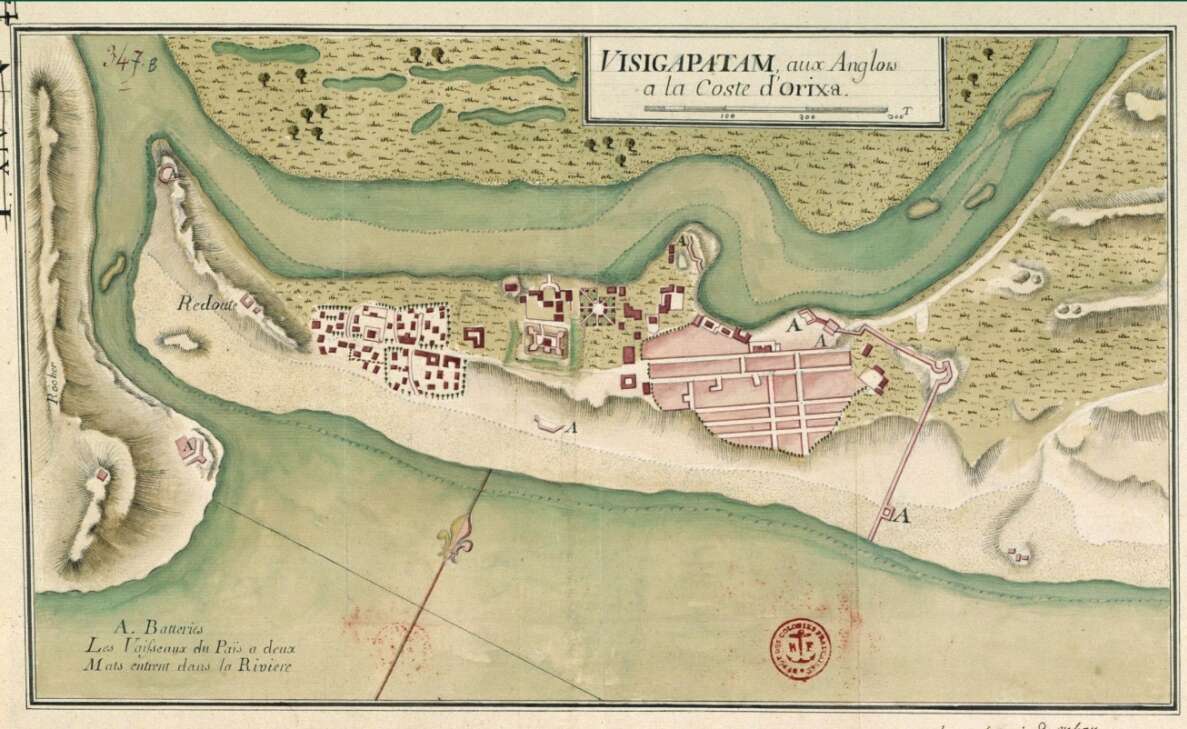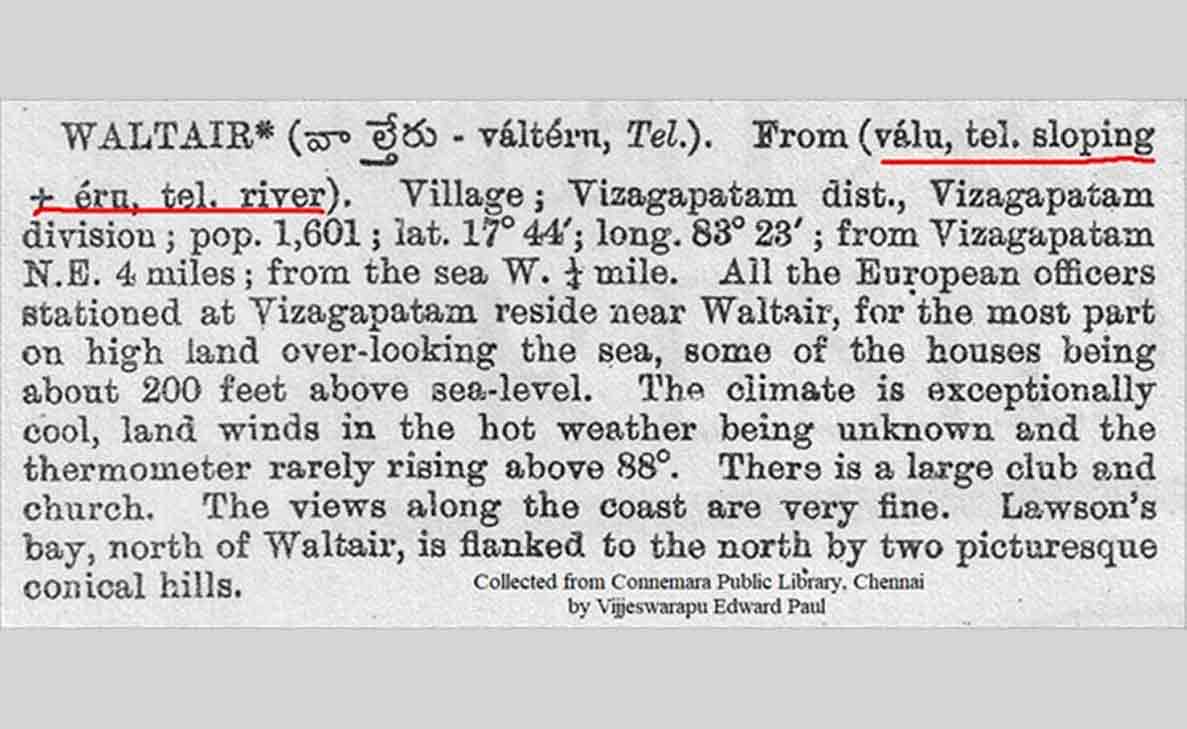On September 13, 2024, the Indian government officially gave a new name to Port Blair, the capital of the Andaman and Nicobar Islands. Union Home Minister Amit Shah took to X (formerly Twitter) to make the announcement, declaring that the renaming is a meaningful step in reclaiming India’s cultural and historical heritage. “Shri Vijaya Puram stands as a tribute to our freedom struggle and the Andaman and Nicobar Islands’ contribution to it,” said Shah.
This renaming follows in the footsteps of a similar revision of history seen across India, including Visakhapatnam. As India shed its colonial past, cities like Visakhapatnam were quick to discard their British-assigned name to break free from colonial legacies. The assigning of the new name to Port Blair now brings to mind the transformation Visakhapatnam’s own name underwent in the wake of Independence.
1. Vifipatagam, or Visigpatam
Before the British left their mark, Vizag almost became a French colony in the mid-1700s. In 1740, the French cartographer Jacques-Nicolas Bellin, part of the French East India Company, mapped the region during a voyage to the Bay of Bengal. He referred to the town as ‘Vifipatagam’, indicating the French interest in the region, a path that could have altered the city’s fate had history unfolded differently. A French map from 1777 also captions the city as ‘Visigapatam’.

2. Vizagapatam or Vizagapatnam
By the mid-17th century, the British East India Company had established a presence in ‘Vizagapatam’, or ‘Vizagapatnam’ – as they called it on various maps. They called the city Vizagapattam as they could not pronounce the word Visakhapatnam in their accent. Today, Visakhapatnam’s beloved nickname, ‘Vizag’, is a shortened version of that name.
3. Waltair
Another prominent name in Visakhapatnam’s colonial past is ‘Waltair’, the residential area that was synonymous with the British settlement. The British established their quarters in Waltair, fortifying the area to protect their goods and themselves from local threats. Waltair itself traces its name back to two hamlets, Chinna Valteru and Pedda Valteru, divided by a stream, ‘Valuteru Gedda’. British officials began settling in the Waltair Uplands as early as 1727, renaming the area as they occupied it.
The original name, Valuteru Gedda, has since faded into history, but the modified ‘Waltair; remains a part of Visakhapatnam’s identity, even as the city continues to grow beyond its colonial past.

Before the French and the English made their way here, the city’s original name had been Visakhapatnam. After Independence, sometime before 1953, Vizagapatam was officially reverted to Visakhapatnam.
The above article has been crafted on the basis of contributions to Yo Vizag made by INTACH historian Edward Paul, and Vizag heritage enthusiast John Castellas.
Stay tuned to Yo! Vizag website and Instagram for more city and news updates.










Discussion about this post